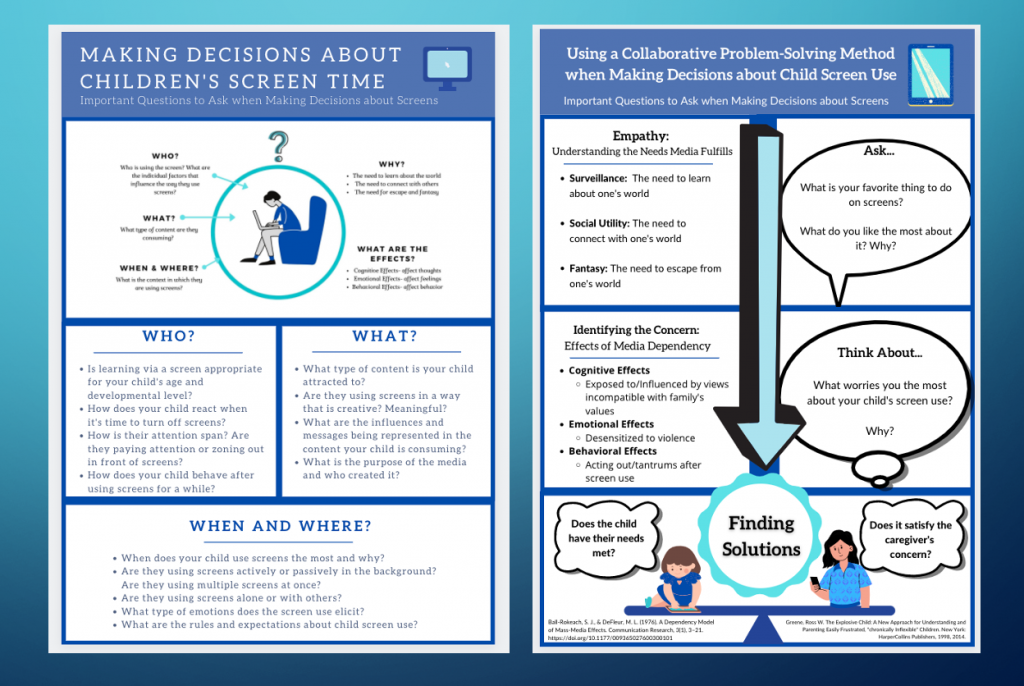“They never talked about how far ahead he was in reading or other subjects,” said one parent of her son’s experience in first grade. “They never named it. It seemed like there was an invisible line, and the teacher’s job was to make sure that all the students reached that line. But anything that was above that line, they just didn’t notice.”
The first step that parents and educators can take towards meeting the needs of a gifted child is to acknowledge that the child is gifted. With this acknowledgment should come the understanding that this child has unique cognitive, educational, and social-emotional needs. “It takes a while to come to the understanding that really, it is a question of needs,” says a parent of two children who have been identified as gifted. “It is not a question of wants; it is not a question of ‘it would be nice if…’. As a parent, you have to keep looking for opportunities to address their needs.” In the publication, A Nation Deceived: How schools hold back America’s brightest students, leading researchers in the field of gifted education, Colangelo, Assouline, and Gross (2004), agree. “Doing nothing is not the same as ‘do no harm,’ they write of educating gifted children. “The evidence indicates that when children’s academic and social needs are not met, the result is boredom and disengagement from school” (1).
In order to keep a gifted child excited about learning, parents and teachers must work together to figure out how to best meet the child’s academic needs. When appropriate, the child herself can also participate in this conversation. The goal of the conversation is to create an educational plan that would keep the child appropriately challenged and engaged in the learning process.
Continue reading Gifted Children: A journey to meet their educational needs →
